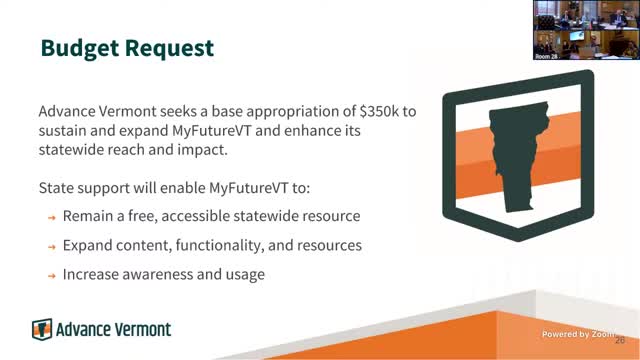
This article was created by AI using a video recording of the meeting. It summarizes the key points discussed, but for full details and context, please refer to the video of the full meeting. Link to Full Meeting
The discussions underscored the urgency of addressing these figures, as they reflect broader issues within the education system. One senator pointed out that while the state has historically boasted one of the highest graduation rates in the nation, the current statistics reveal a stark reality that has not been adequately acknowledged. The senator emphasized that the state must confront this downward trend, especially as it relates to the overall transformation of educational outcomes.
In addition to graduation rates, the meeting also touched on the challenges faced by students transitioning to higher education. Data presented indicated that while 73% of high school seniors express intentions to continue their education, only 40% actually enroll in college. This statistic places Vermont last in New England for college enrollment rates. Furthermore, the college graduation rate for those who do enroll is concerning, with only 28 out of 100 students graduating within six years.
The implications of these trends are significant for Vermont's workforce. With a current job market showing 2.7 job openings for every job seeker, understanding the saturation of available positions is crucial. The meeting participants noted that many job seekers may not be aware of the competitive nature of the job market, particularly in fields like nursing, where only 75% of job openings are filled by qualified candidates.
The discussions also highlighted the financial constraints faced by educational organizations, with some representatives indicating that funding shortfalls could lead to staff reductions and limit the ability to provide essential services. The need for proactive measures to enhance student engagement and support was emphasized, as many organizations are already stretched thin.
In conclusion, the Senate Education meeting brought to light critical issues surrounding high school graduation rates and the transition to higher education in Vermont. As the state grapples with these challenges, the need for strategic interventions and increased funding will be essential to ensure that students are adequately prepared for the workforce and that Vermont can maintain a competitive edge in the job market. The next steps will involve further discussions on how to address these educational challenges and improve outcomes for all students.
Converted from Senate Education 2025-03-28 1:30PM meeting on March 28, 2025
Link to Full Meeting
Comments
View full meeting
This article is based on a recent meeting—watch the full video and explore the complete transcript for deeper insights into the discussion.
View full meeting